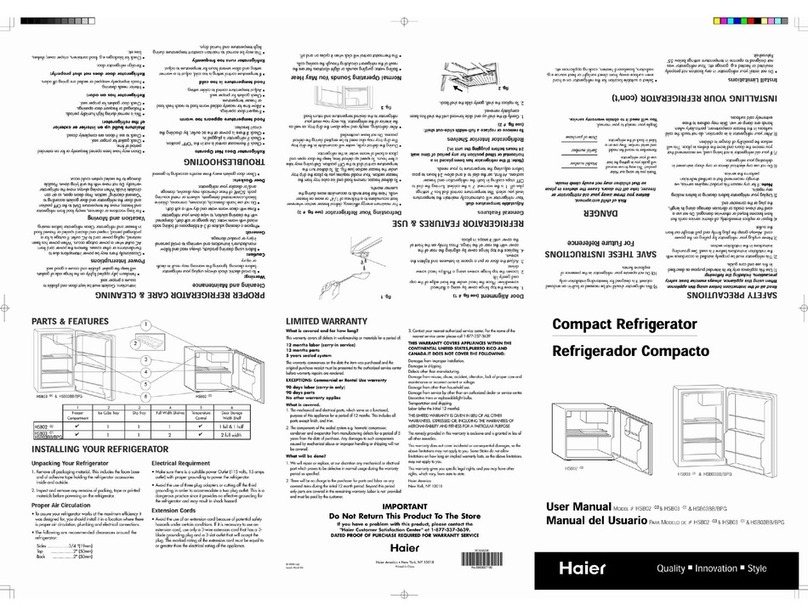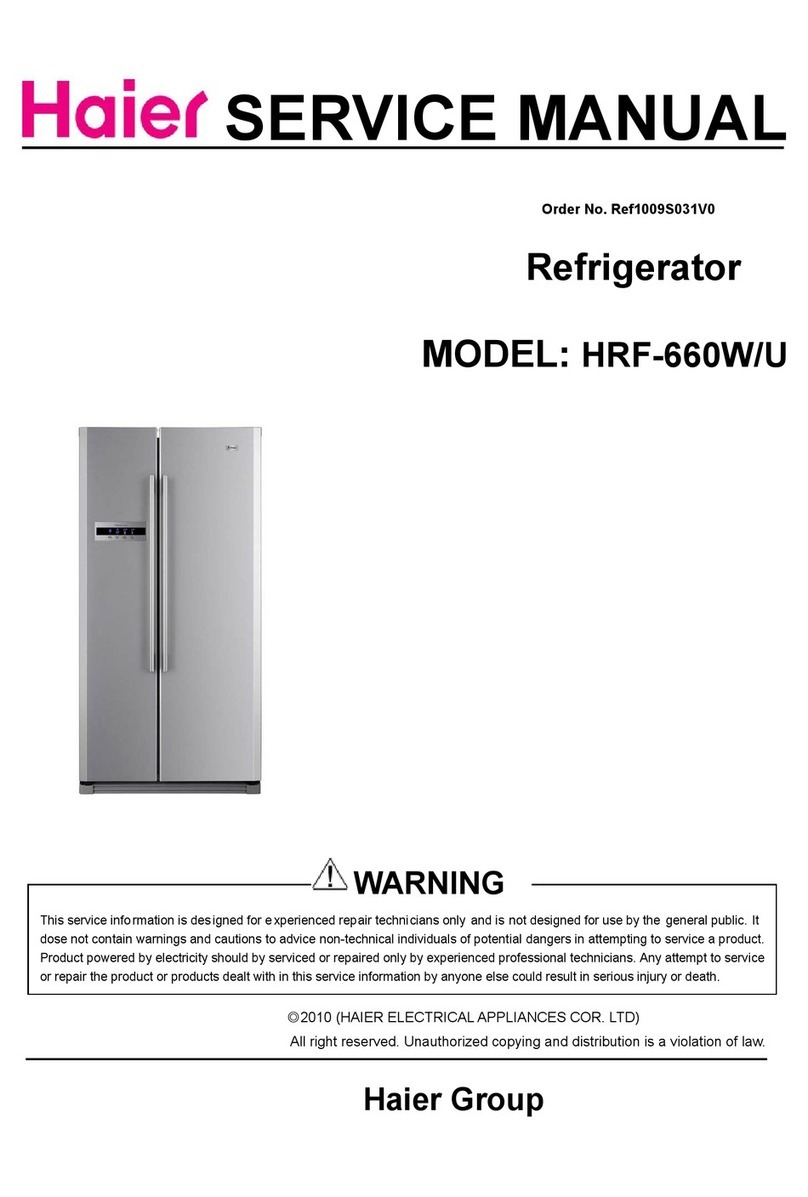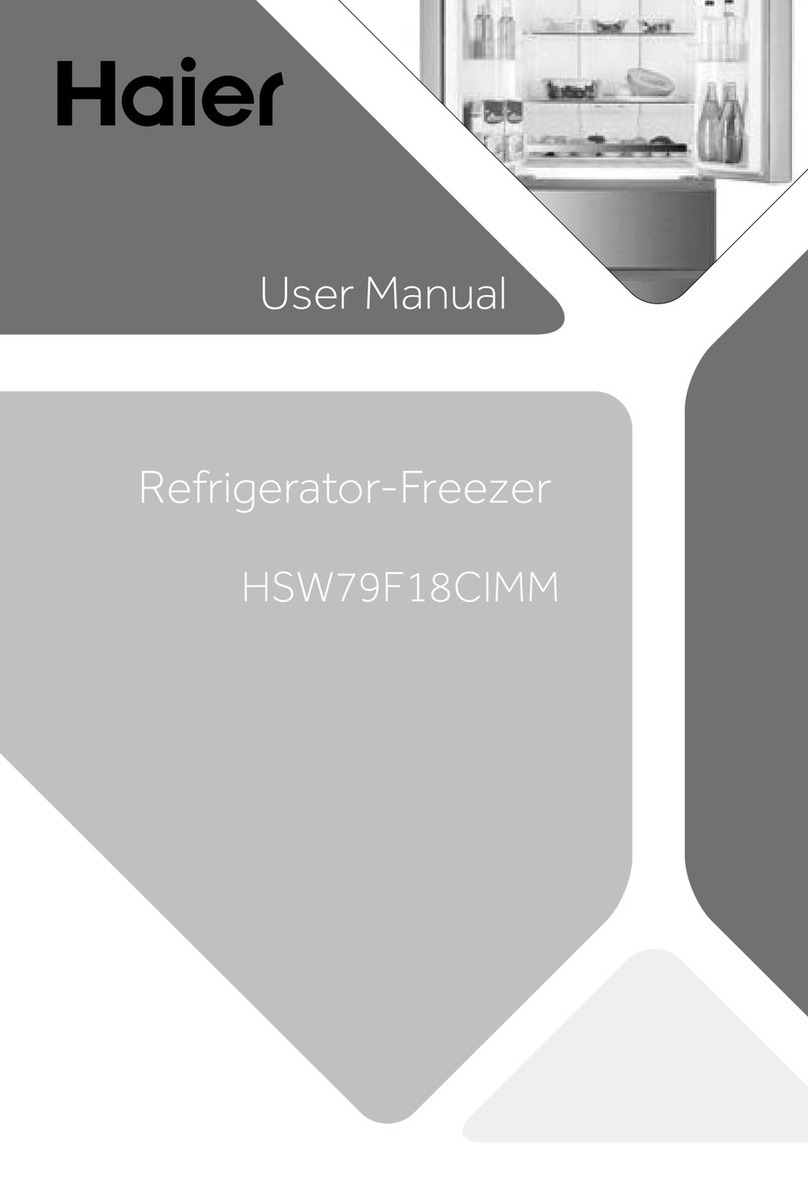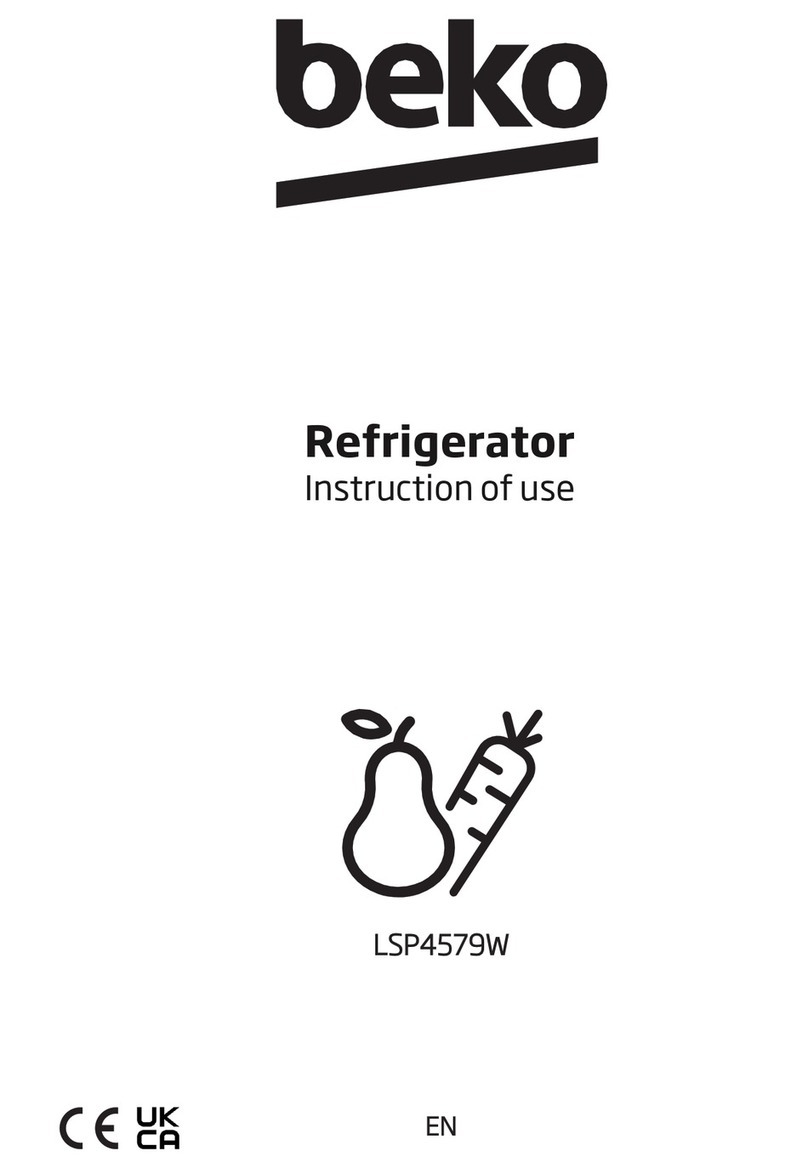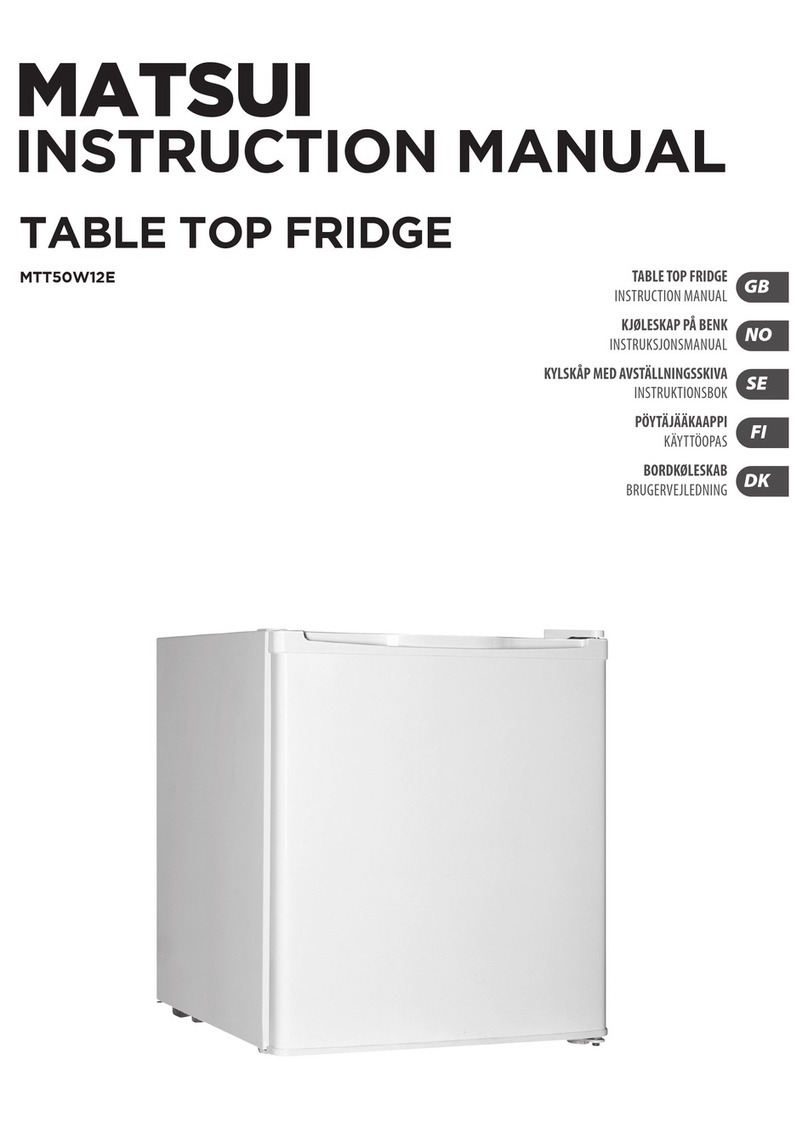Haier RF-8888-46 User manual
Other Haier Refrigerator manuals
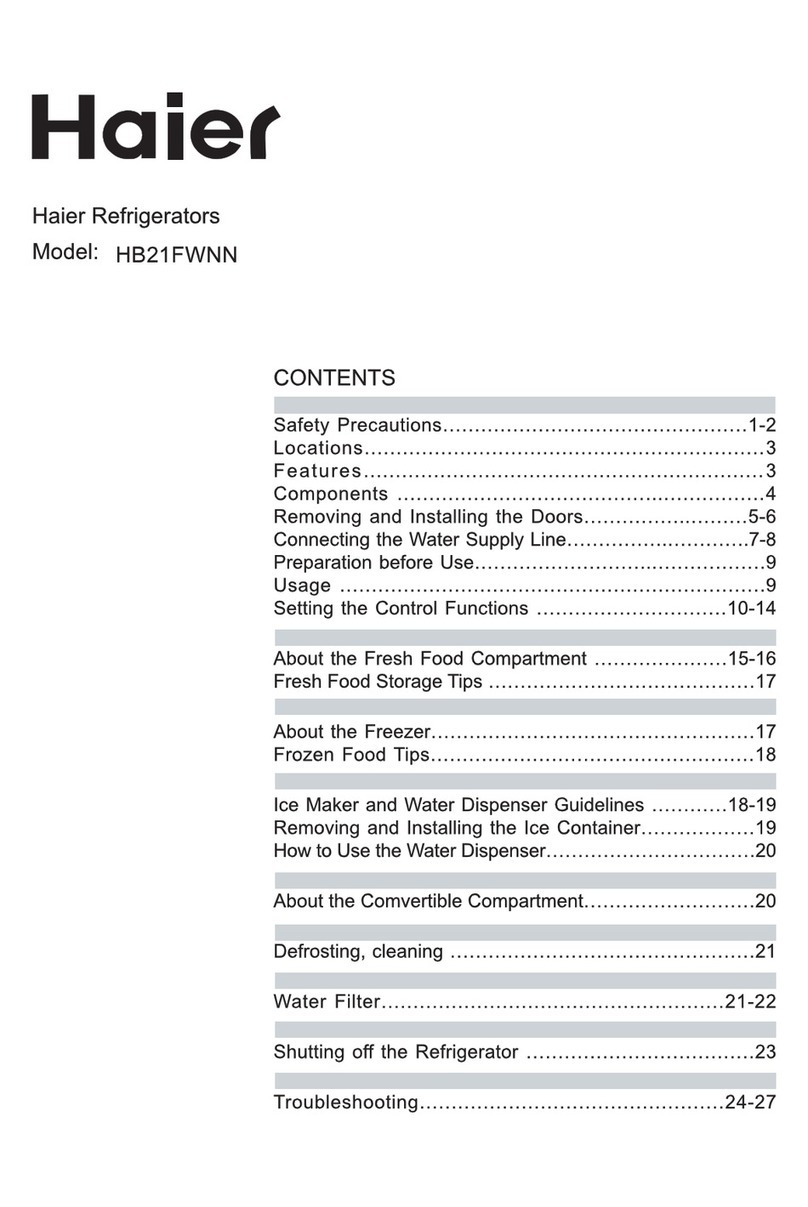
Haier
Haier HB21FWNN User manual
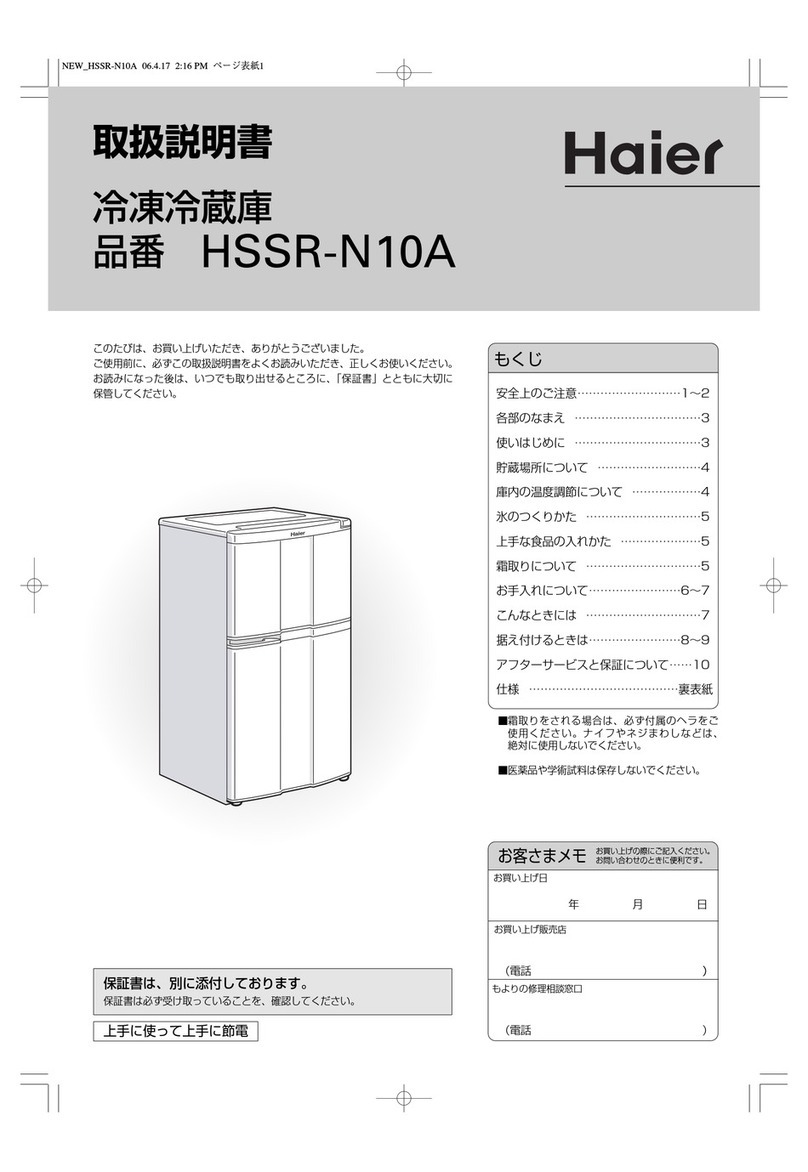
Haier
Haier HSSR-N10A User manual
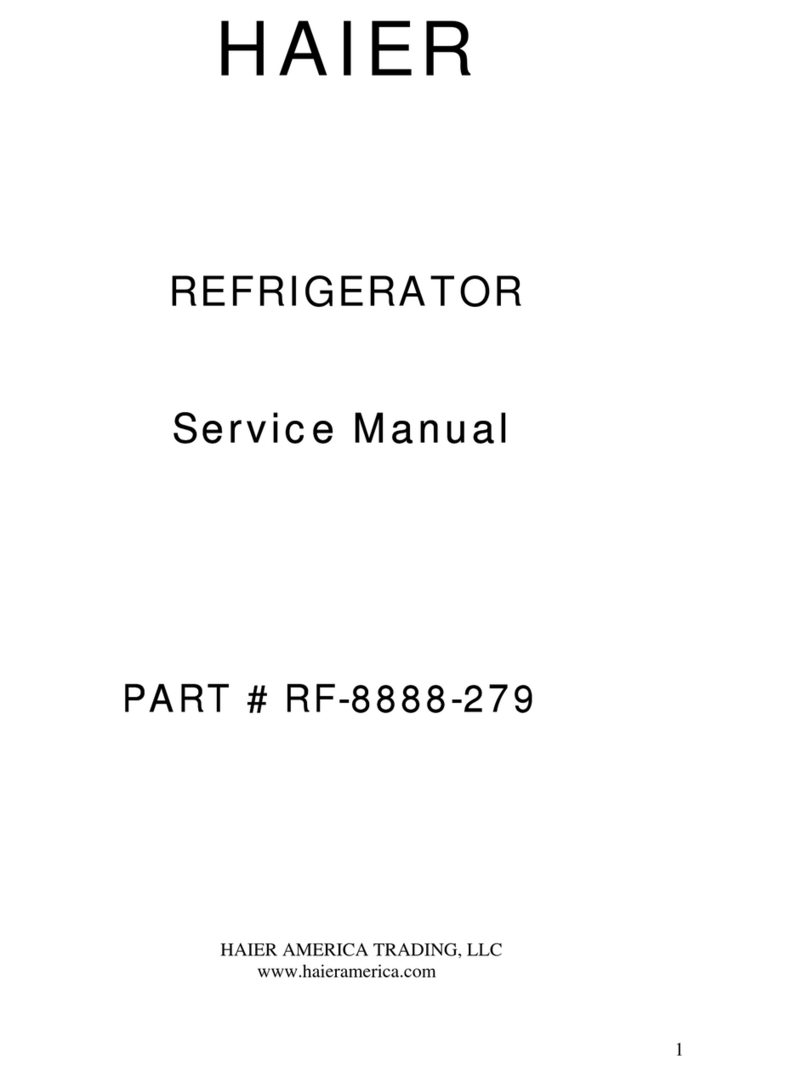
Haier
Haier RF-8888-279 User manual
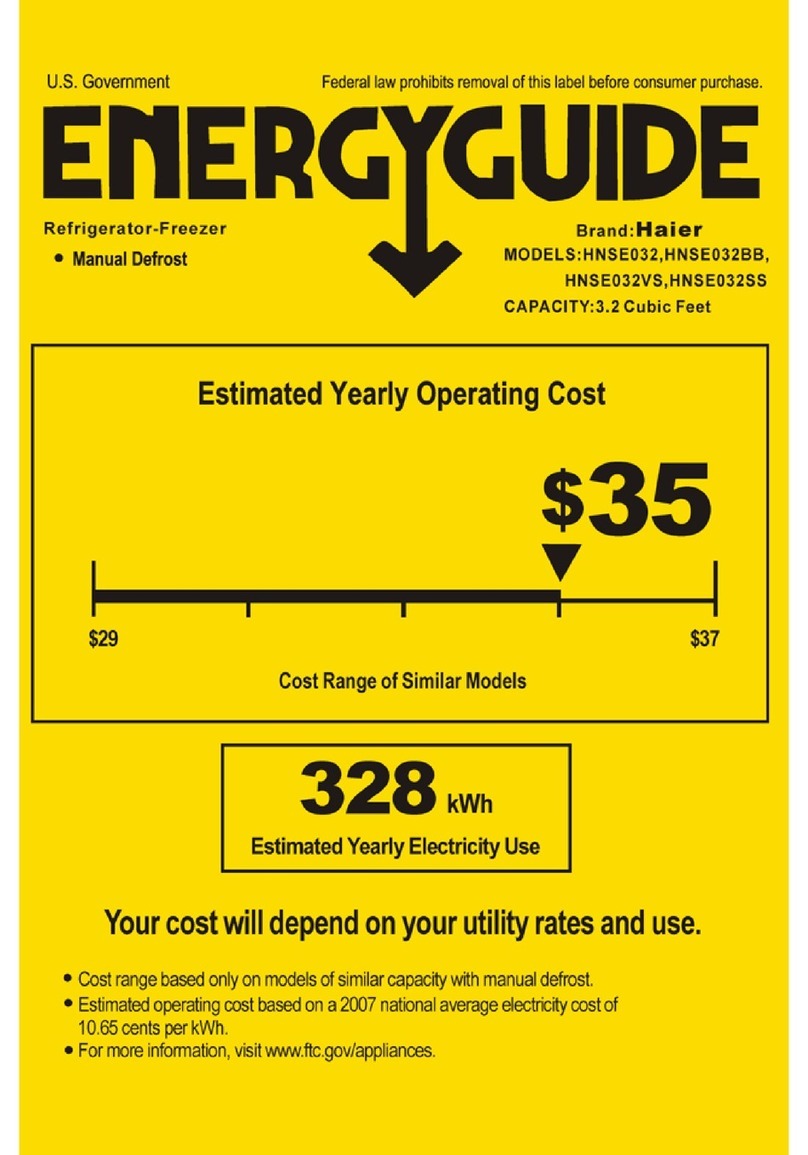
Haier
Haier HNSE032 Assembly instructions
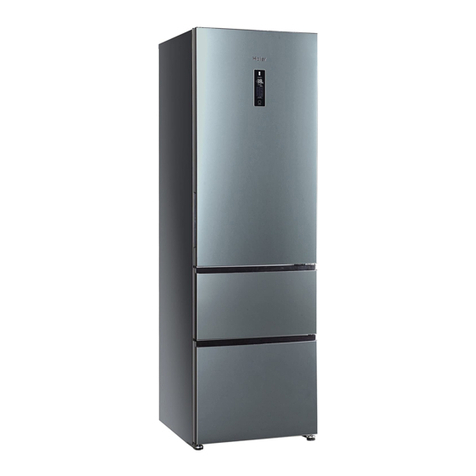
Haier
Haier A2FE735CXJ User manual
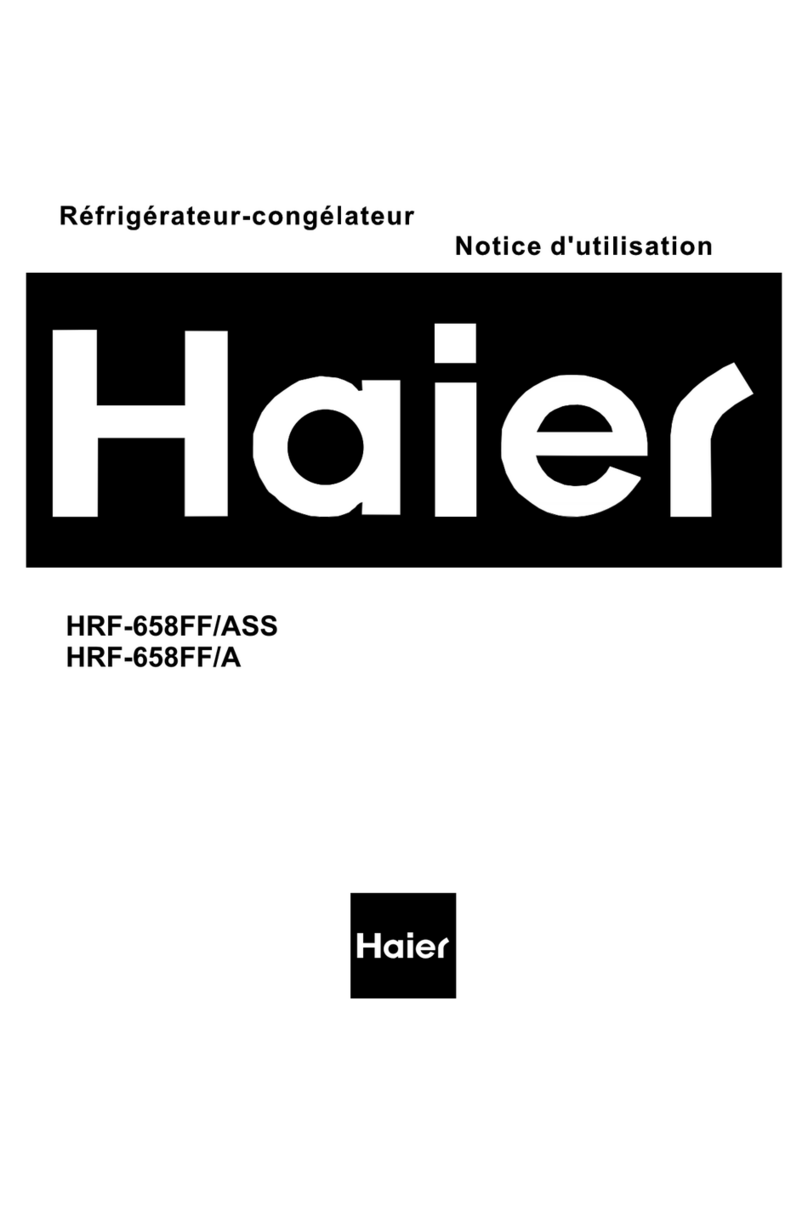
Haier
Haier HRF-658FF User manual
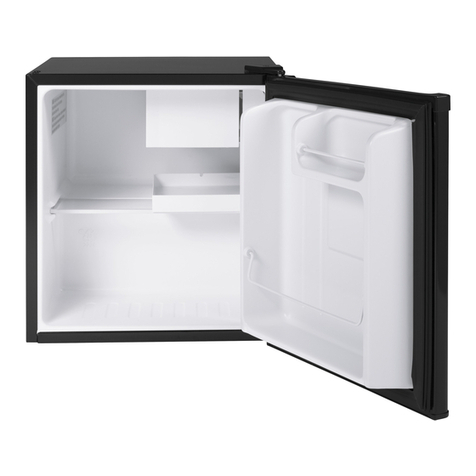
Haier
Haier QHE03GGM User manual

Haier
Haier HSP03WNAWW User manual
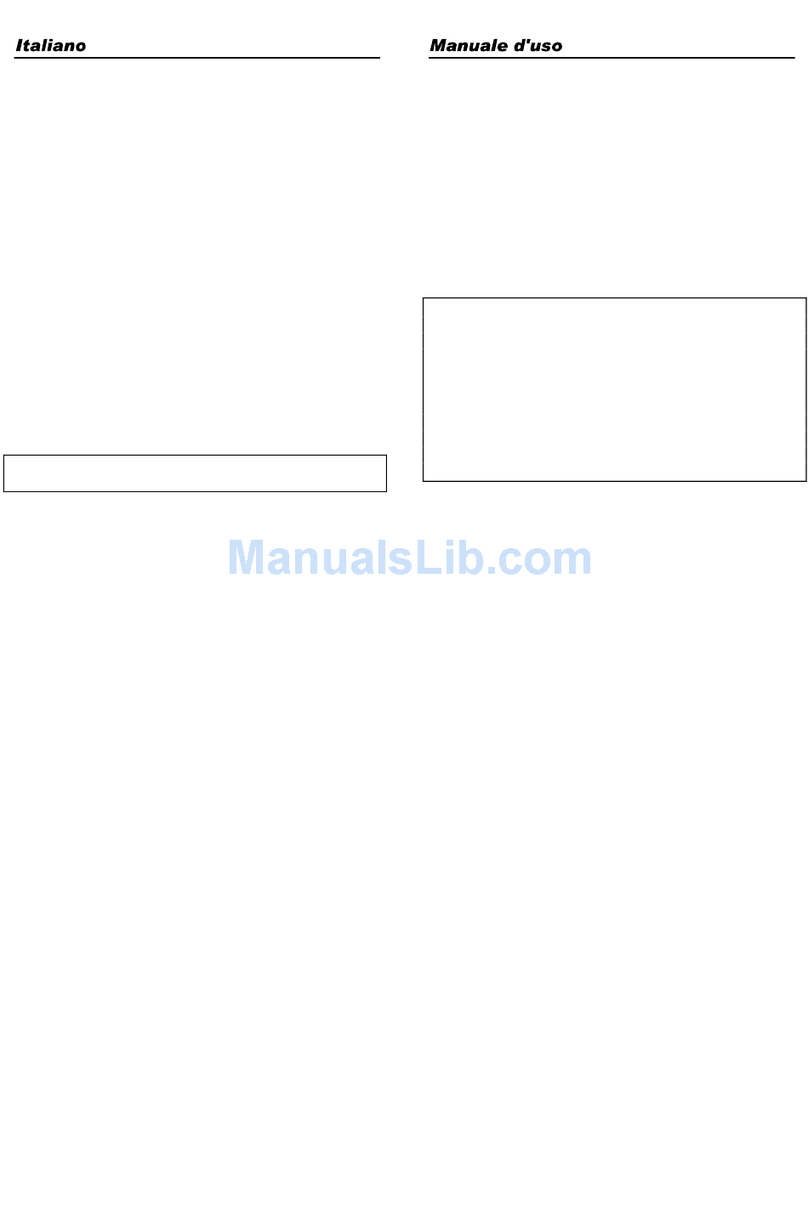
Haier
Haier HR-163A User manual
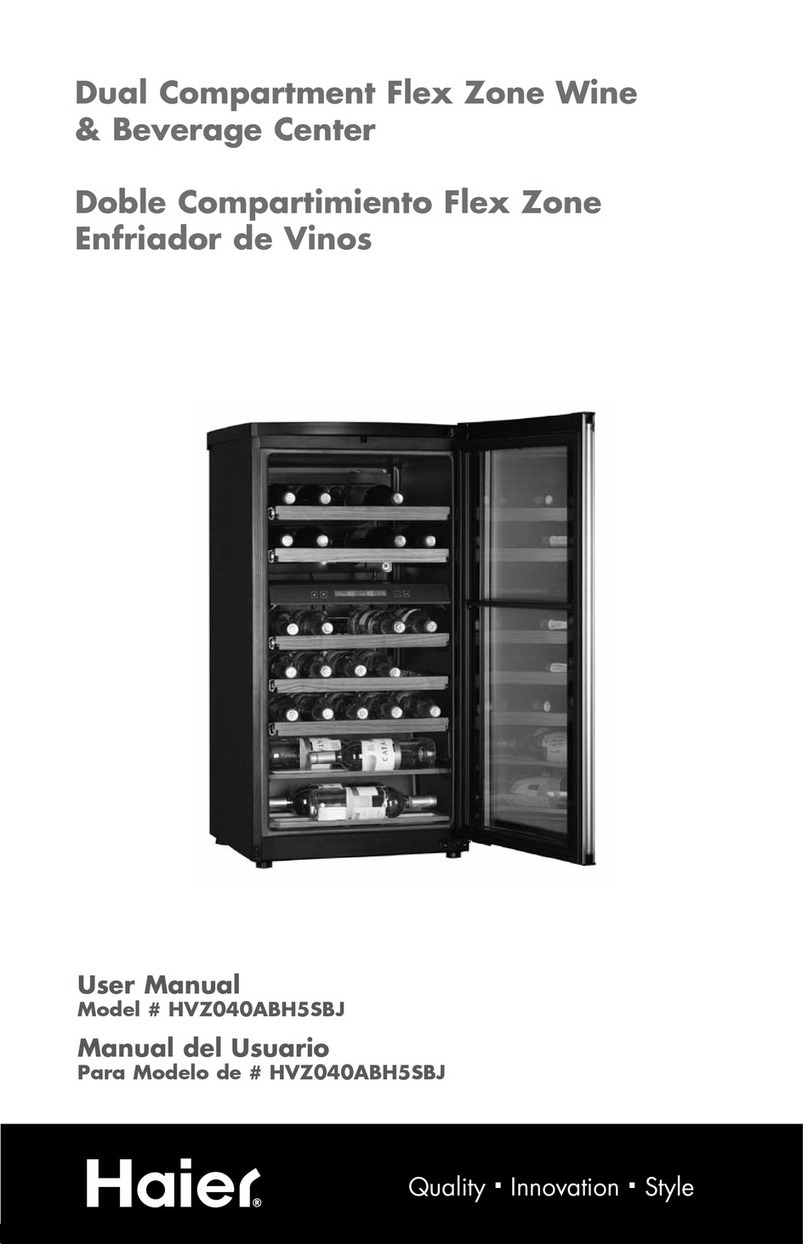
Haier
Haier HVZ040ABH5SBJ User manual
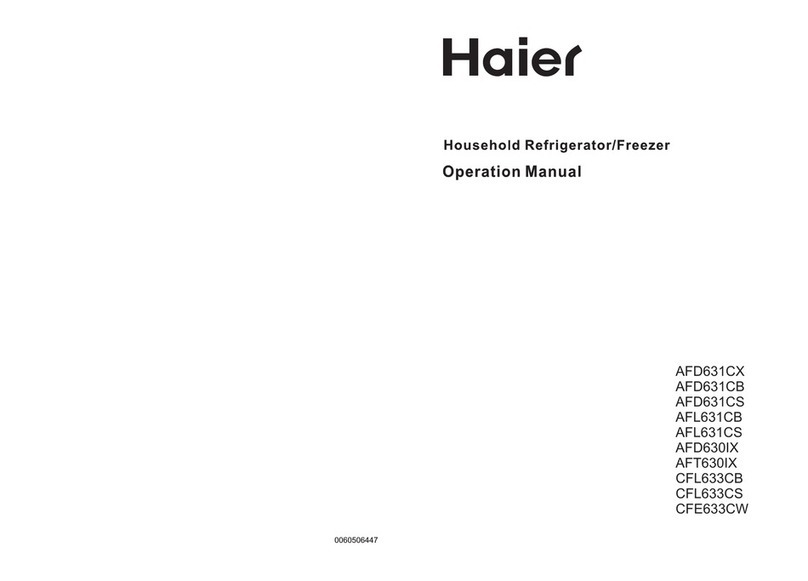
Haier
Haier AFD630IX User manual
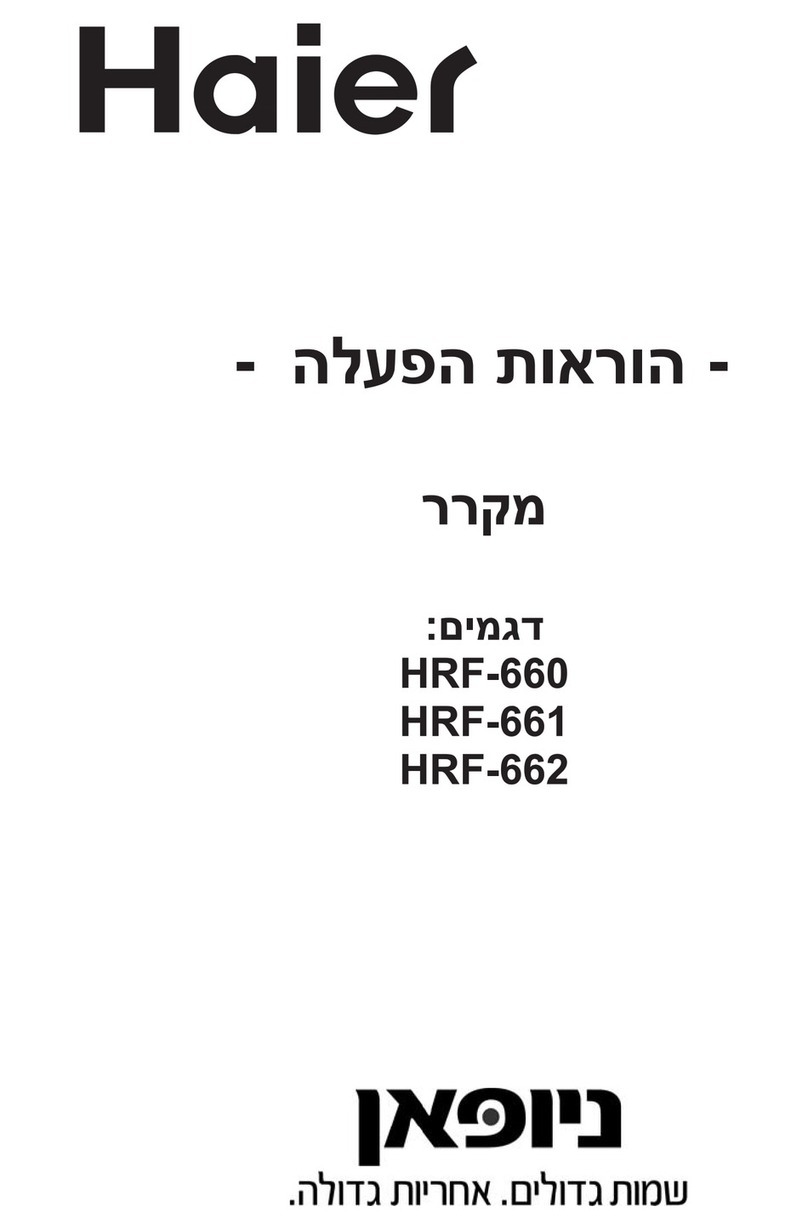
Haier
Haier HRF-660FF User manual
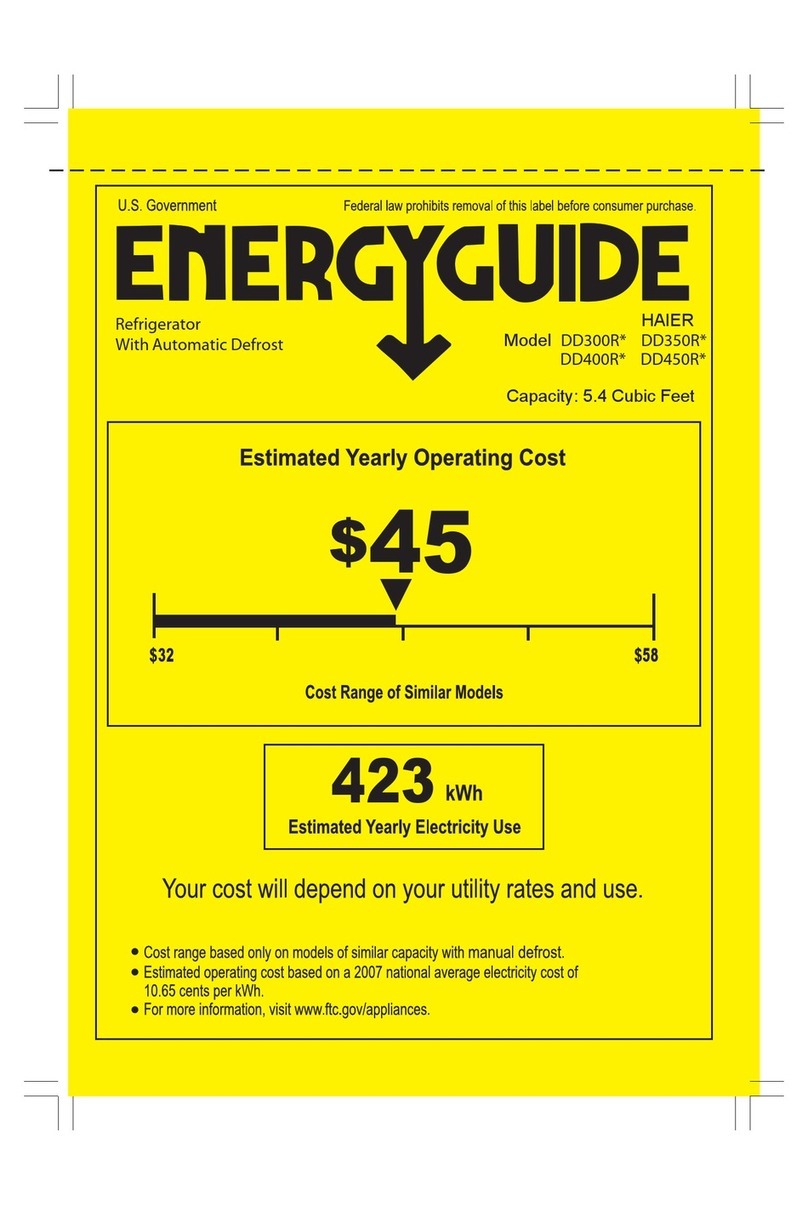
Haier
Haier DD300RW Assembly instructions

Haier
Haier HC17SF15RB User manual

Haier
Haier HRF-663FF User manual
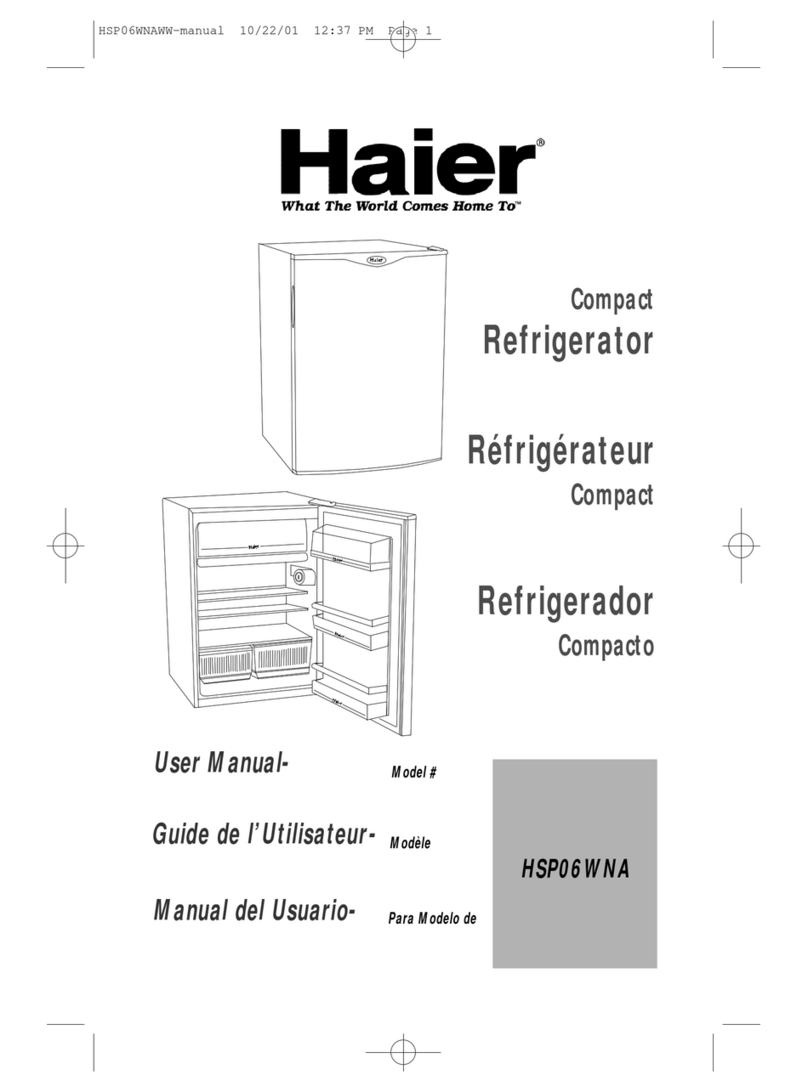
Haier
Haier HSP06WNA - 05-01 User manual
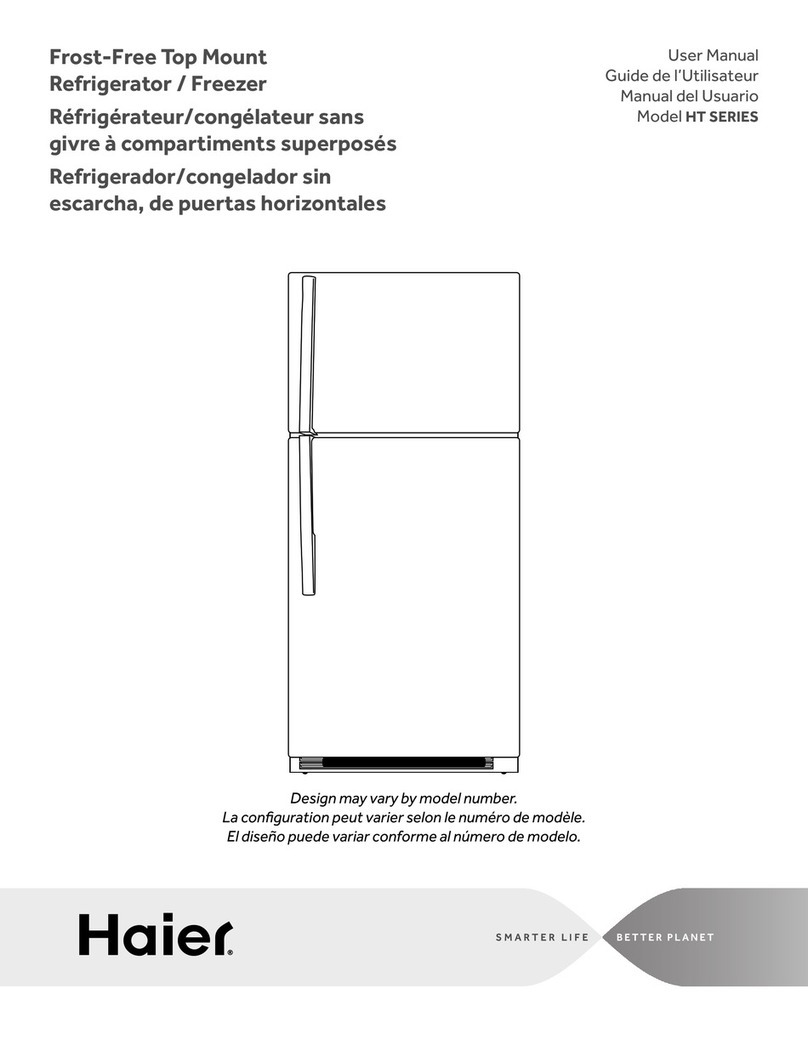
Haier
Haier HT SERIES User manual
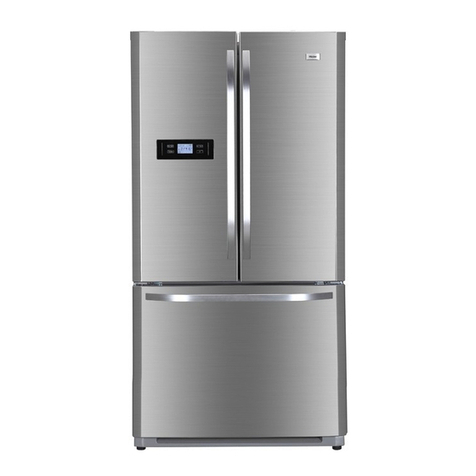
Haier
Haier HTD647SS User manual
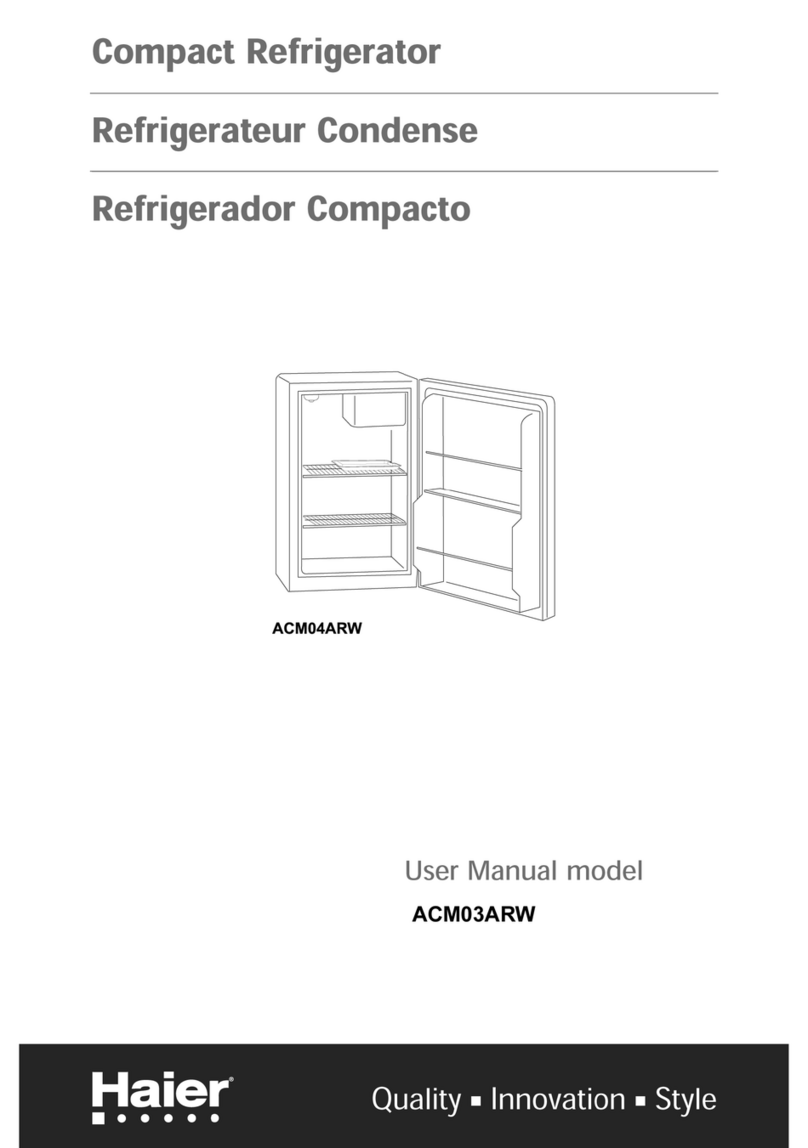
Haier
Haier ACMO3ARW User manual
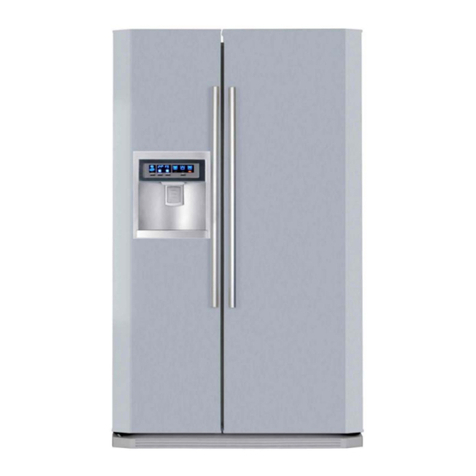
Haier
Haier HRF-663ISB2 Series User manual
